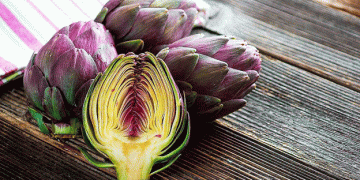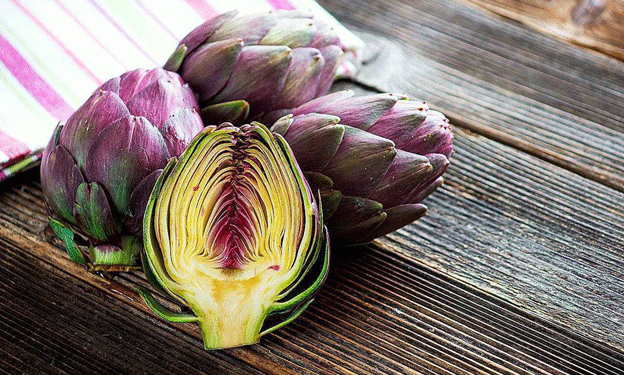Peru, one of the leading exporters of artichokes, faced a substantial decline in its export numbers in June 2024. Data from the Peruvian Ministry of Agriculture reveals that the country exported 1,354 tons of artichokes valued at $3.84 million during this period. This marks a 46.2% decrease in volume and a 44.6% decrease in value compared to June 2023. The average price per kilogram also fell by 4.4%, compounding the industry’s challenges during this period.
The primary importers of Peruvian artichokes—namely the United States, Spain, and France—experienced declines across the board in terms of quantity, value, and price. This downturn in the artichoke market raises questions about the underlying causes and potential strategies for recovery.
Canned artichokes remain the dominant product within the export market, accounting for 76.5% of the total export value. This segment has been a cornerstone of Peru’s artichoke export strategy, largely due to its longer shelf life and higher demand in international markets. However, the recent decline in exports signals potential shifts in market dynamics that could require a reassessment of the industry’s approach.
Key exporters such as Danper Trujillo S.A.C., Virú S.A., and Alsur Perú S.A.C. led the market, but even these industry giants were not immune to the downturn. Danper Trujillo S.A.C., in particular, has been a significant player, but the overall decrease in exports highlights vulnerabilities within the sector that need to be addressed.
Several factors may have contributed to this decline. Economic conditions in importing countries, changing consumer preferences, and potential logistical challenges, such as shipping delays or increased transportation costs, could have played a role. Additionally, global inflation and fluctuations in exchange rates might have influenced the purchasing power of importers, leading to reduced orders.
Moreover, the decrease in the average price per kilogram suggests a potential oversupply in the market or reduced demand, both of which can pressure exporters to lower prices to remain competitive. This situation could also be indicative of increased competition from other artichoke-producing countries, forcing Peruvian exporters to adjust their pricing strategies.
The significant decline in Peru’s artichoke exports in June 2024 highlights the challenges facing the industry in a competitive and volatile global market. As key importers such as the United States, Spain, and France reduce their purchases, Peruvian exporters must reevaluate their strategies to maintain market share and adapt to changing conditions. Focus on diversification of export products, enhancing the quality of fresh artichokes, and exploring new markets could be essential steps for the future sustainability of Peru’s artichoke industry.


































